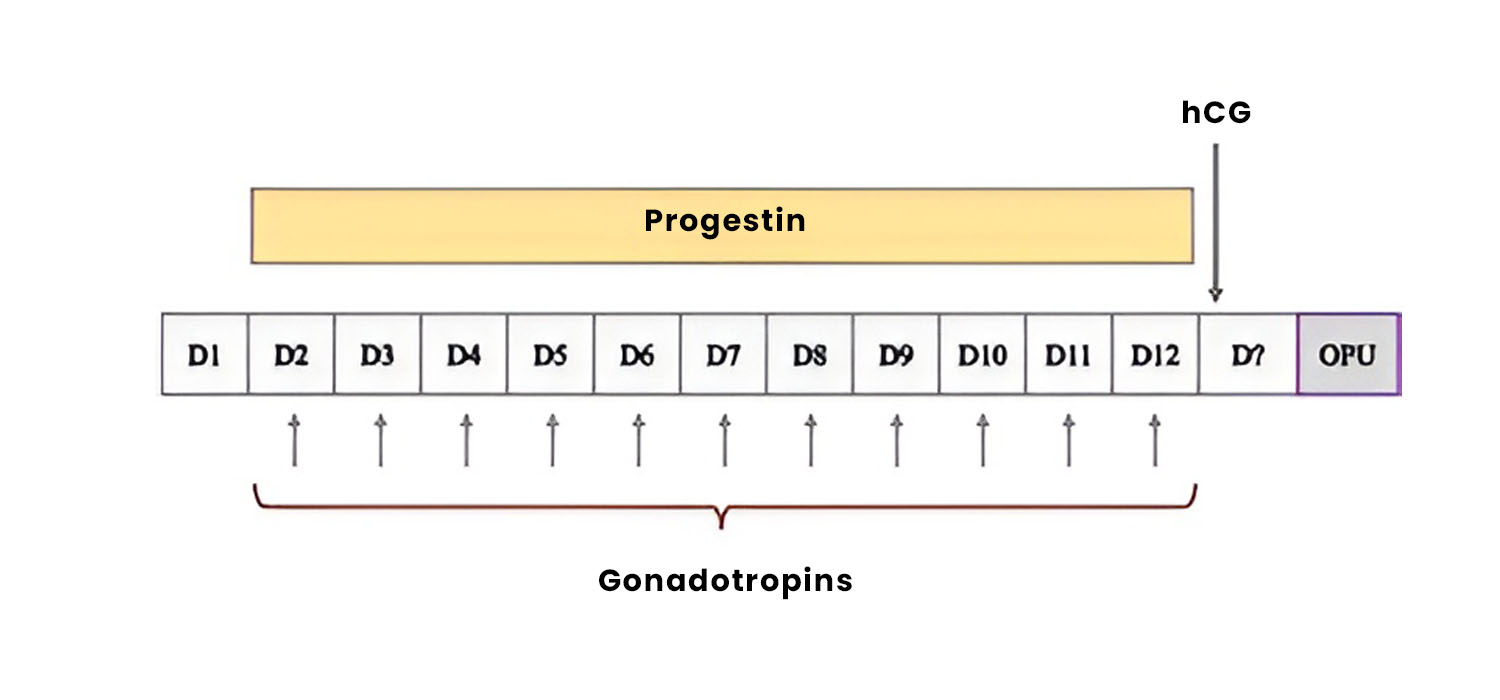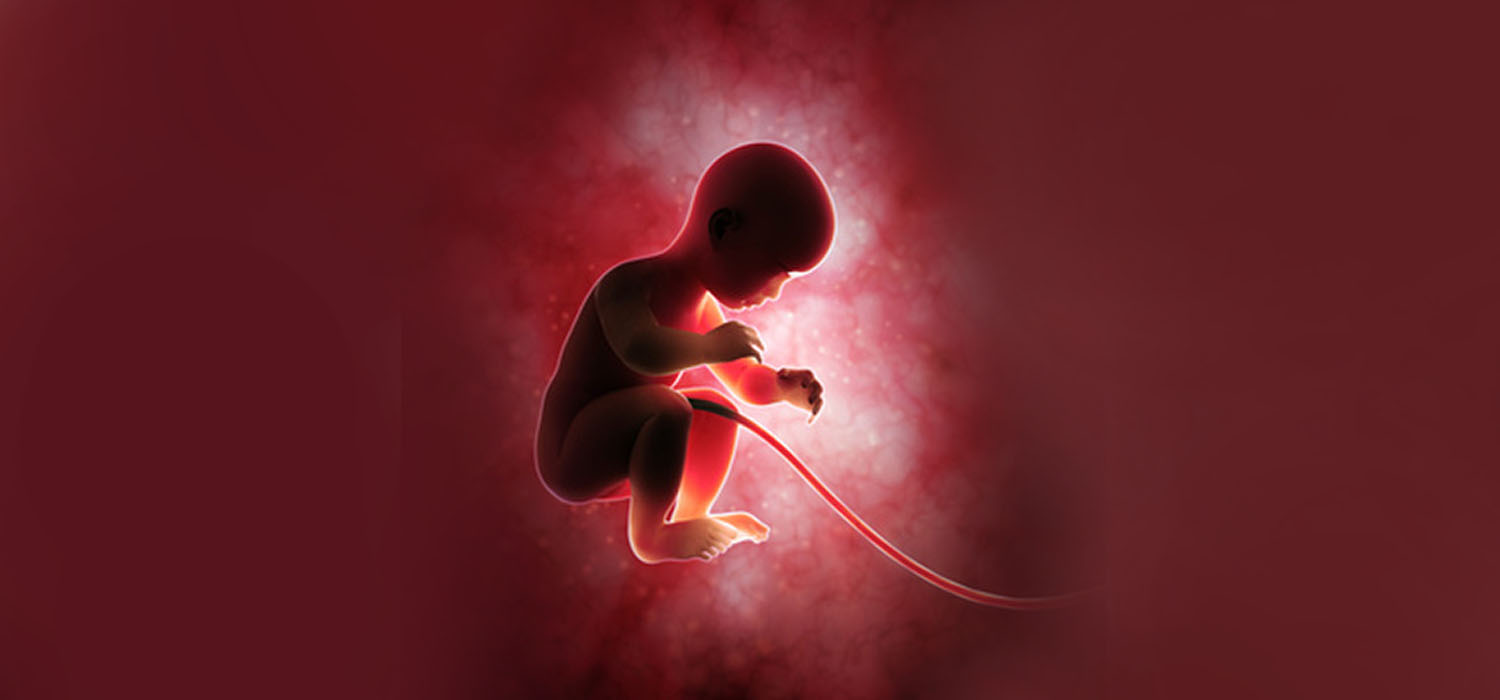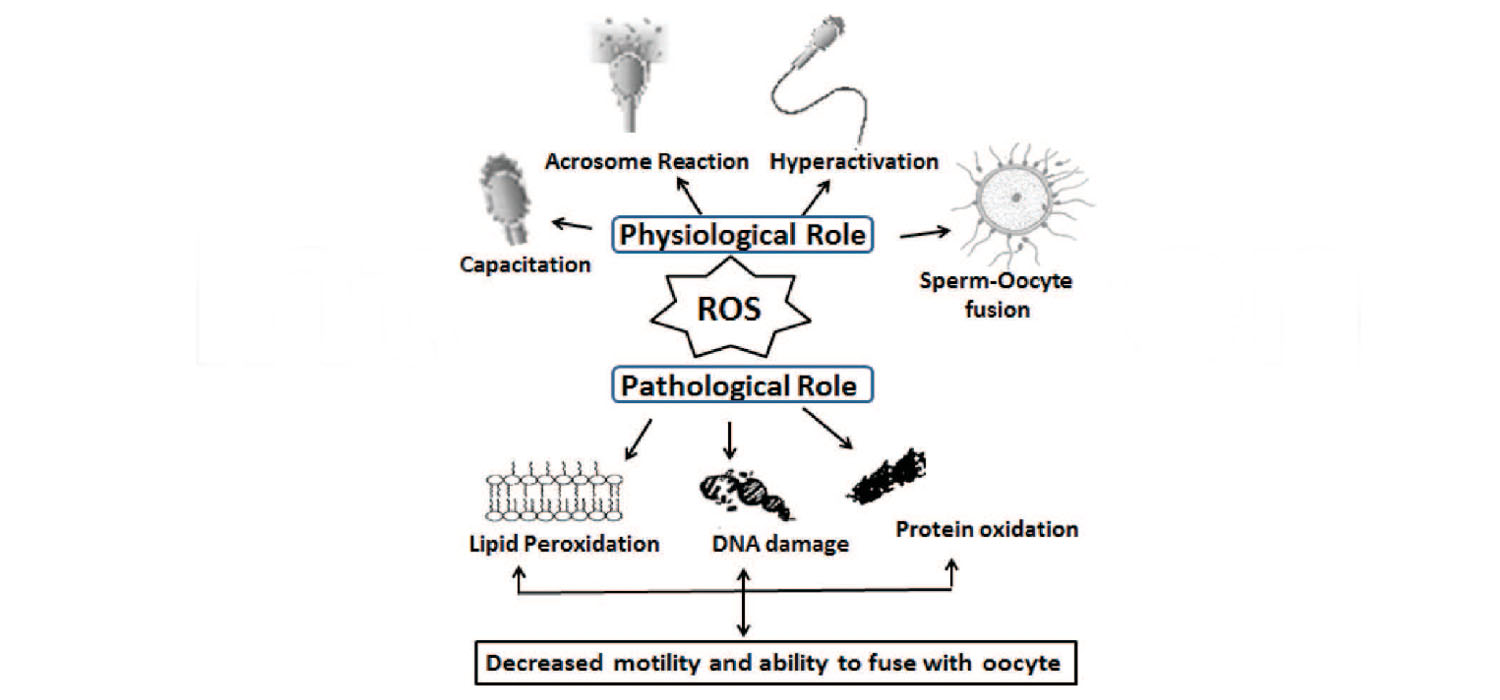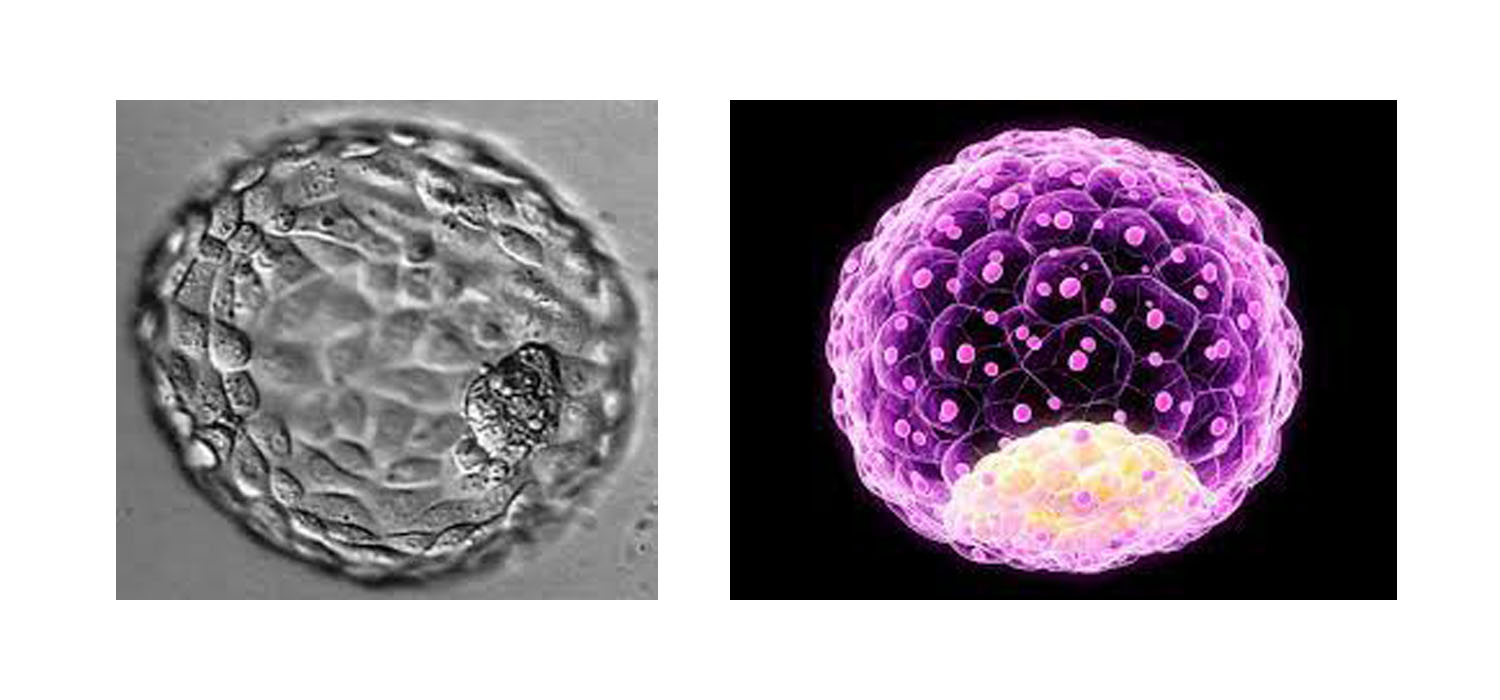Progesterone Primed Ovarian Stimulation (PPOS): Revolutionizing Infertility Treatment
PPOS has emerged as a revolutionizing protocol in infertility treatment. It is a new ovarian stimulation protocol that can block the luteinizing hormone (LH) surge by using progesterone instead of the traditional downregulation using GnRH agonist or antagonist in controlled ovarian stimulation cycles...
Read MoreUnderstanding Down Syndrome: Causes, Types, and Management
Normally, humans have 46 chromosomes in other words 23 pairs (each pair contains two chromosomes one from each parent). Chromosomes carry genes which are units of inheritance and are responsible for an individual's physical and intellectual development. Down syndrome is a condition when there...
Read MoreUnderstanding the Impact of Stress on Infertility
In the current world, 1 in every 6 couple face infertility issues. Infertility can affect our lives extensively by affecting our relationship with friends and family, damage couple’s relationship, create financial troubles etc., Research has shown that women with infertility share similar level of anxiety and depression as women with HIV, heart disease and cancer...
Read MoreOptimizing Fertility: A Comprehensive Guide to Sperm Vitality Tests in 2023
Sperm Vitality means the number of live sperms in the sample. For successful fertilization, the sperms ought to be alive and motile. Yet the semen sample may have live sperms that are not motile...
Read MoreComprehensive Guide to Prenatal Screening Tests: Understanding NT Scan and Genetic Screening
It is an ultrasonographic fetal evaluation done between 11- 13+6 weeks of pregnancy. It offers many advantages including detection of NT, nasal bone (NB), tricuspid regurgitation (TR), and ductus venosus (DV)...
Read MoreReactive Oxygen Species and Male Infertility
Reactive oxygen species (ROS) are natural byproducts of cellular oxidative metabolism. They play important roles in the modulation of cell survival, cell death, differentiation, cell signaling, and inflammation-related factor production...
Read MoreBlastocyst transfer and culture
Fertilization of an egg by sperm results in the formation of a zygote or a fertilized egg. By three days, a healthy fertilized egg will have about 6 to 10 cells. By the fifth or sixth day, the fertilized egg is a fast-growing ball of cells, known as a blastocyst...
Read MoreLGBTQ + Infertility: Family Building, Fertility Options, and Legal Aspects
Explore the evolving landscape of LGBTQ+ family building and fertility options, including IVF, surrogacy, and more. Learn about the social, psychological, and legal aspects of LGBTQ+ parenthood in a changing world...
Read MoreUnlocking the Potential of CASA (Computer-Aided Semen Analysis) for Sperm Evaluation
Over approximately 40 years, CASA systems have developed through advancements in devices to capture images from a microscope. They have been made to quantitatively measure several aspects of sperm structure and function without bias, intending to provide high levels of intra and inter-laboratory consistency...
Read MoreComprehensive Guide to Evaluating Tubal Patency in Infertility
Discover the various methods used to assess tubal patency and increase your understanding of female fertility issues. Learn about ultrasound evaluation, tubal patency tests, and advanced diagnostic techniques...
Read More








